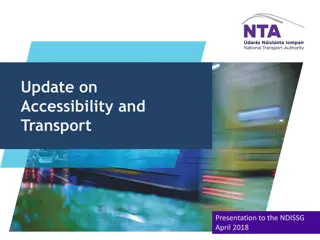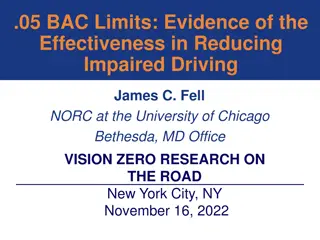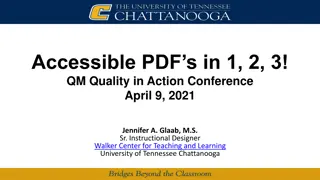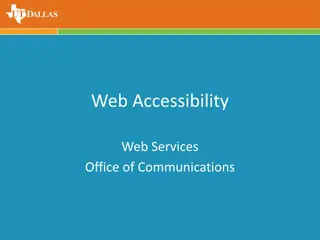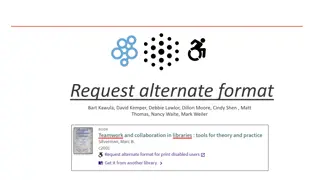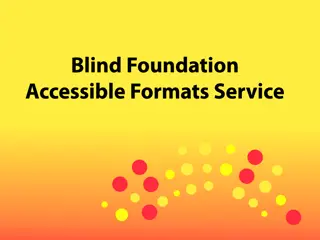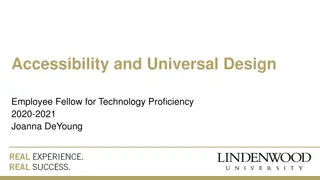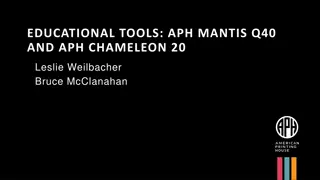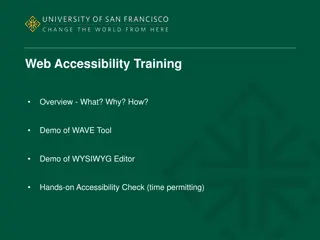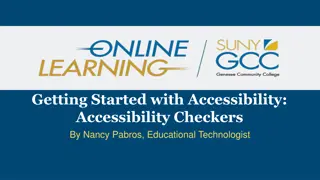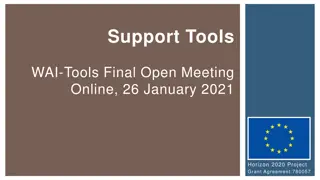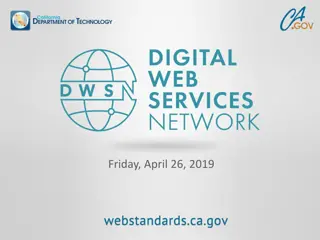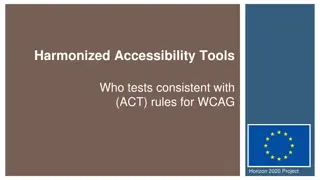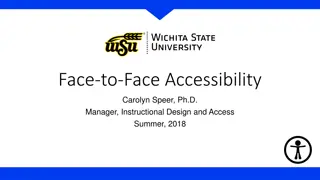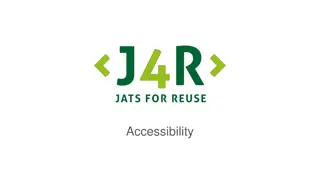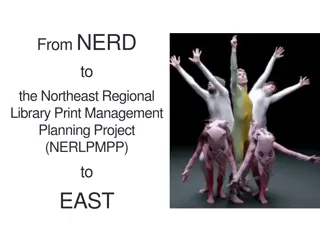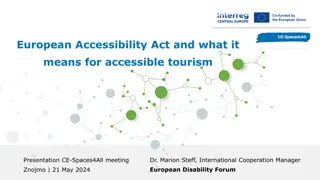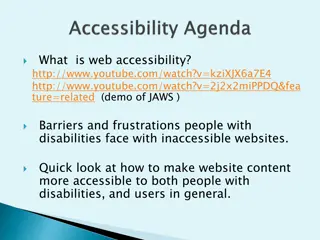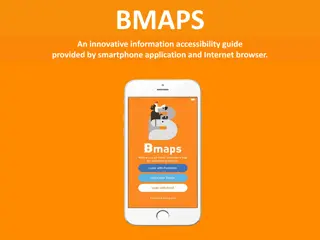Enhancing Accessibility: Importance of Accessible Books for Print Impaired Individuals
Diving into the necessity of accessible books for print impaired persons, this content explores various methods of reading such as Braille, audiobooks, and large print formats. It emphasizes the significance of equal access to reading materials for the general population, discussing the role of Braille and audiobooks in aiding the visually impaired. The advantages of audiobooks and specific adaptations for dyslexic and physically disabled individuals are also highlighted.
Download Presentation

Please find below an Image/Link to download the presentation.
The content on the website is provided AS IS for your information and personal use only. It may not be sold, licensed, or shared on other websites without obtaining consent from the author. Download presentation by click this link. If you encounter any issues during the download, it is possible that the publisher has removed the file from their server.
E N D
Presentation Transcript
Reading with eyes, ears or fingers The necessity of accessible books for print impaired persons Luc Maumet - ABC - Library Sciences Expert
Print impaired persons people who are blind, visually impaired reading disabled (example: dyslexia) physical disability (example: impossibility of holding a book)
Many different ways of reading... A common need : access to the same books as the general population education professional life leisure
Access to reading is a condition for Taking an active part in the society Empowerment : being able to change one s environment Many career opportunities in the information age
Different ways of reading Reading with fingers Reading with eyes Reading with ears
Braille Still relevant after nearly 200 years Only solution for direct access to text for blind persons Plays a strong role in education of visually impaired kids
Printing braille on paper from files with a braille printer
Reading with ears The audiobooks Human narration Text to speech
Advantages of audiobooks No need to learn a specific way of reading Capacity to stock large number of books Can address the needs of different categories of print impaired persons
Reading with eyes large print specific presentations for dyslexic users specific interfaces for persons with physical disabilities
Specific presentations for dyslexic users choice of typeface (Arial, Opendyslexic ) Space between letters / words / lines different colors for lines Simplified text (short phrases )
Interfaces for persons with physical disabilities : the joy player
Many ways of reading... files Braille / audio / large print (...) are all produced from a digital file Strong need for structured files Strong need for a pivot format : EPUB3
Thank you for your attention luc.maumet@wipo.int


